Health Recovery Tips for Athletes
April 13, 2015
Recovery after your workout is essential both physically and mentally. There are many different ways to restore your body after exercise, and some may be more beneficial than others. KE has compiled a list of what we believe are the best five recovery methods to help you bounce back after your workout.
- Self-myofascial release or “foam rolling” is an easy way to release sore muscles through self-massage. When you work out, small tears occur in your muscle fibers, and the body responds by repairing these tears with inflammation and soreness of the muscles. Foam rolling allows normal blood flow to return to your sore muscles to help restore healthy tissue. The best way to do this is with an actual foam roller; however, the job can also be done with a lacrosse ball, tennis ball, or even your own hands. Find the area that is sore on your body and roll the ball or foam roller over the area, but be cautious not to roll over a joint or a bone. The next day you may be sore due to your muscle fibers being worked out, so drink lots of water to flush out the toxins.
- Every cell and tissue in your body is made up of proteins strung together, which need repairing after a workout. The first 15-60 minutes after your workout is when your muscles repair the most, so eating protein within that first hour is essential for your muscle fibers to recover and regrow. Also, in order to maximize the blood that goes towards repairing your muscles instead of digestion, it is best to eat your meal in liquid form.
- Eating fruit and vegetables are a great way to recover after your workout for a couple different reasons. While your body is using energy to workout, lactic acid builds up as a byproduct. Because of the built up acidity from the lactic acid, it is necessary to neutralize by eating fruits and vegetables. By not doing this, your body will use the calcium from your bones to attempt to neutralize this acidic environment. Green vegetables and fruits such as lemons and limes will help restore your body to a neutralized state due to their own alkaline state. Fruit brings in another healing component when it comes to replacing lost electrolytes. When you sweat during exercise, you lose electrolytes that need to be replaced. Electrolytes help to maintain proper function in the digestive, nervous, cardiac, and muscular systems. When there is a lack of electrolytes, cramping usually begins. Some good sources of electrolytes include any fruits and vegetables, primarily those that are red, orange, or yellow because they are rich in sodium.
- Baths are also a great way to recover after a hard workout, two in specific being an ice bath and an epsom salt bath. Ice baths cause your muscles to tighten so once you step out of the bath, your blood starts flowing and flushes out the lactic acid. Epsom salt baths reduce inflammation, eliminate toxins, and regulate electrolytes. Also, your body absorbs the magnesium in epsom salt baths through your skin more easily than in a pill, which results in a number of benefits like improved sleep and concentration.
- Another way for your muscles to recover is through good sleep. While you sleep, your body goes through protein synthesis, lowering your energy consumption. This allows us to use the food we ate during the day to more efficiently repair your muscles. Also, growth hormone is naturally released while you sleep, improving muscular recovery. Seven to ten hours is a healthy amount of sleep for most athletes; however, this also depends on your lifestyle and genetic makeup. Exercising obviously has a multitude of benefits for your health, but recovery after your workout is equally as important. Whether it is relieving tight muscles or replacing lost electrolytes, recovery is an essential component for a healthy being and successful future workouts.

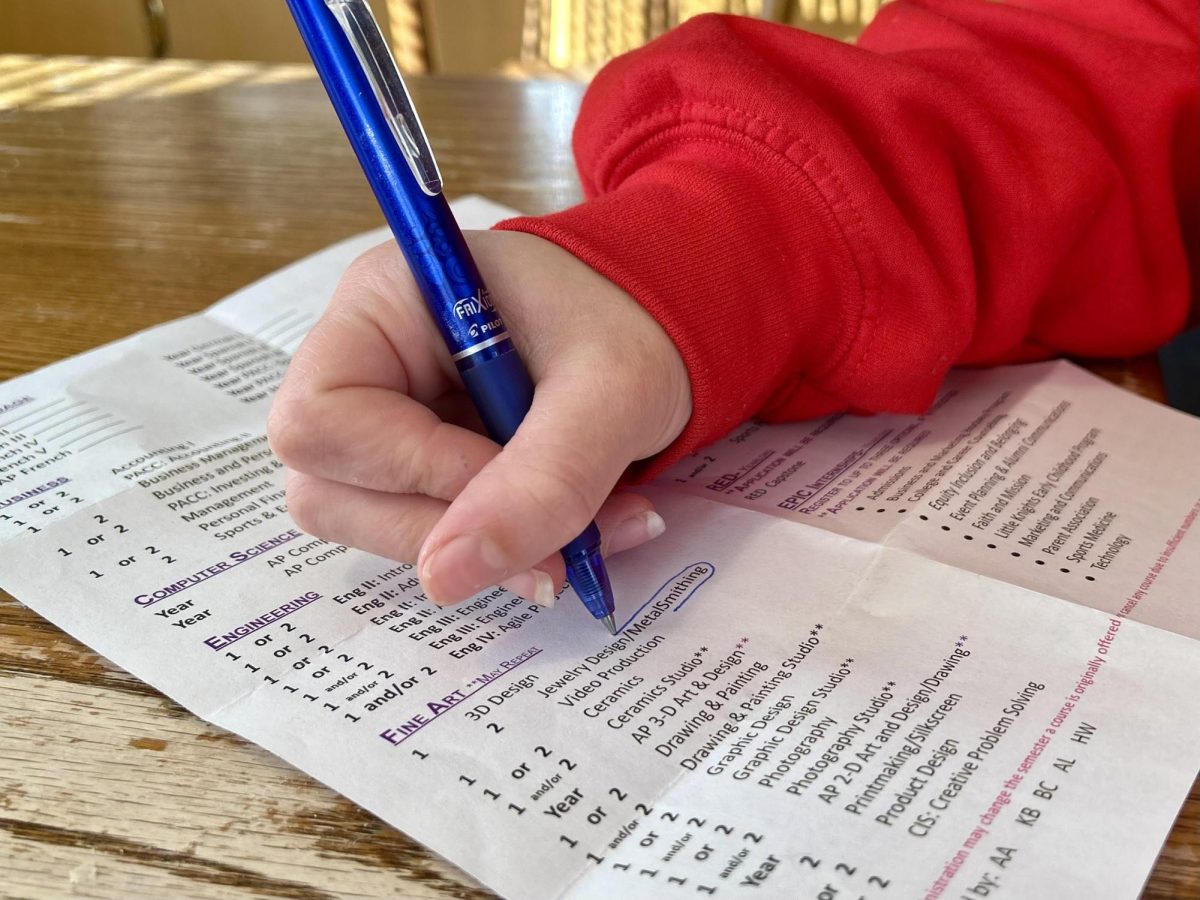
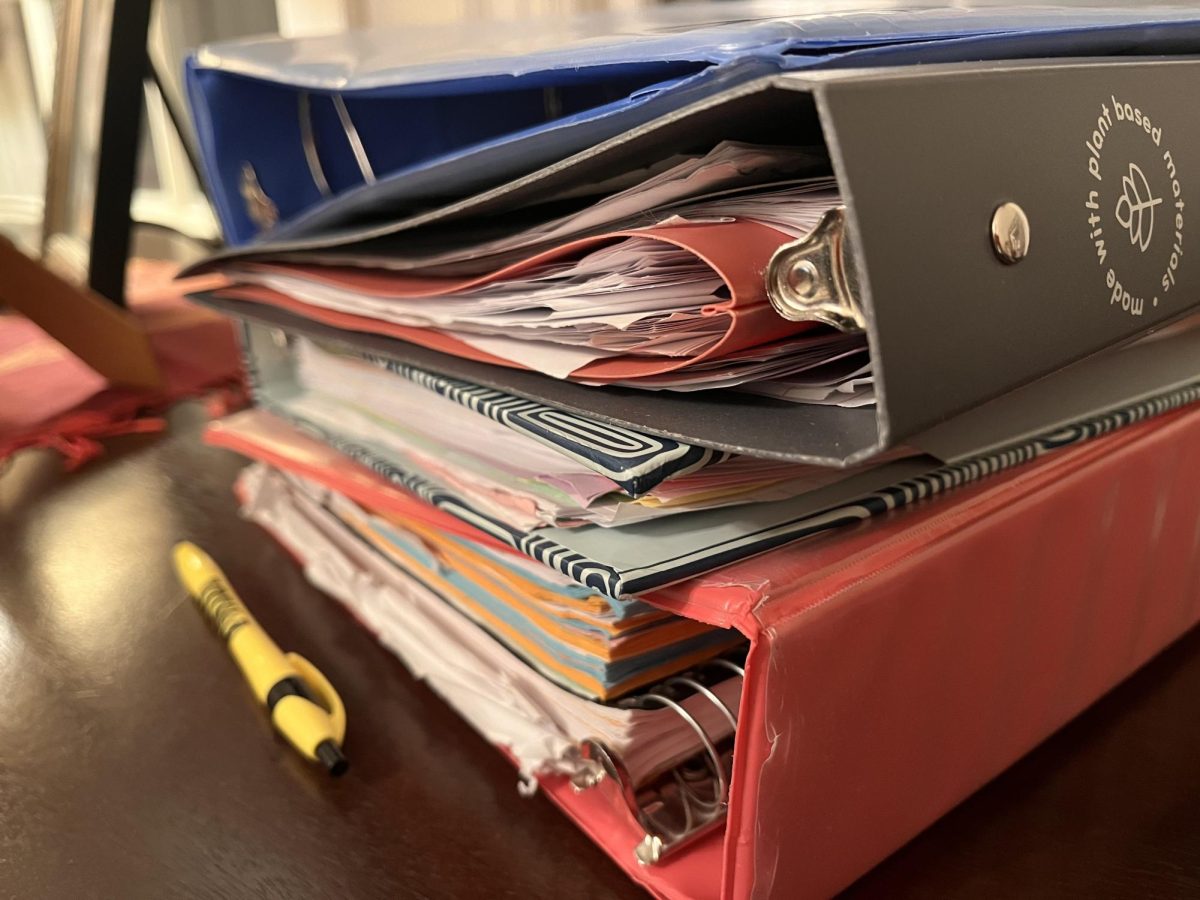




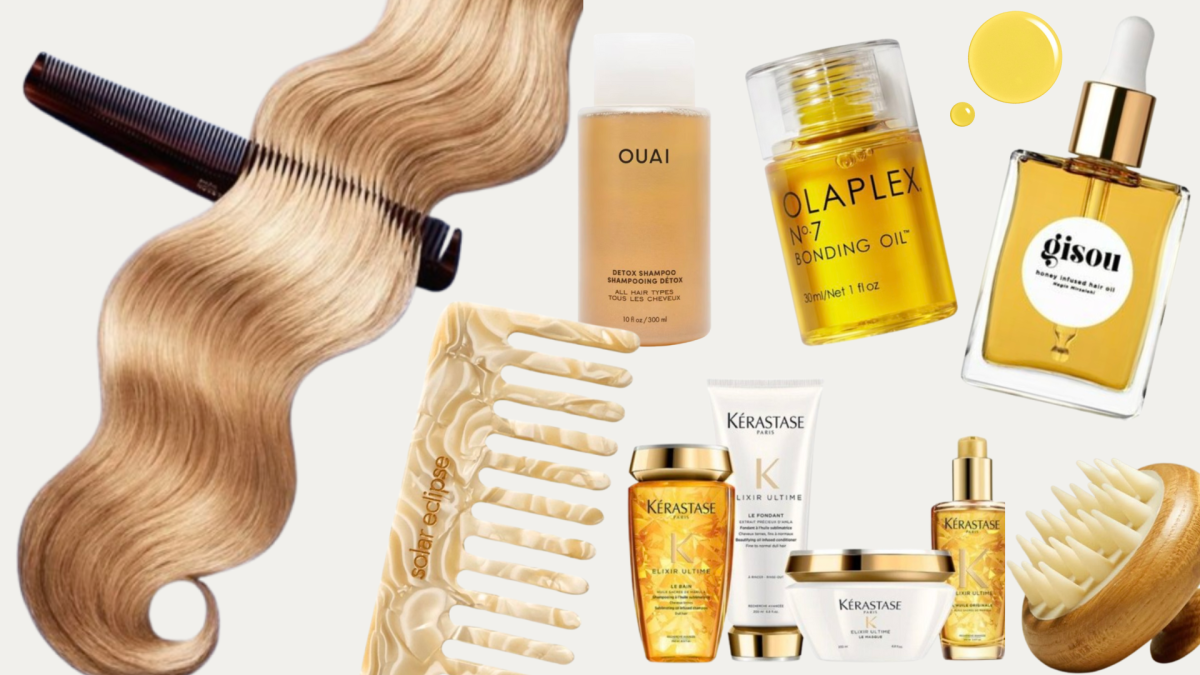






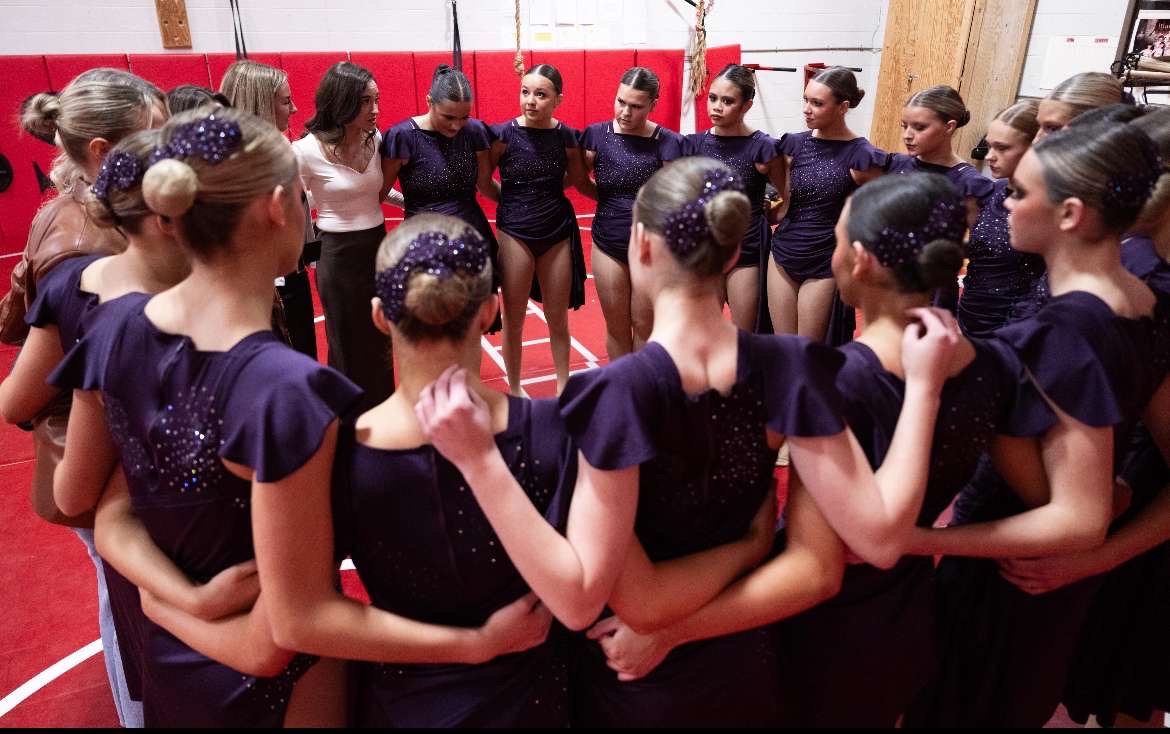







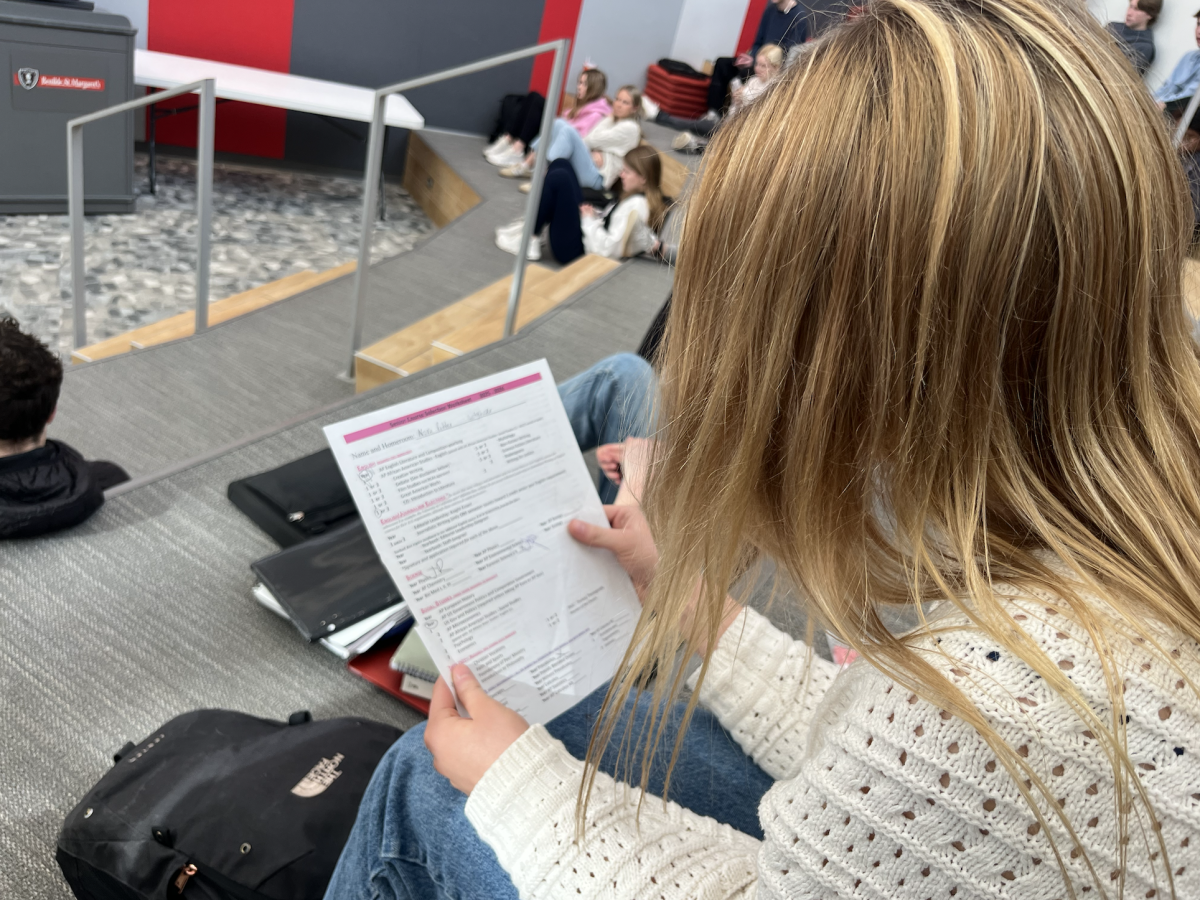




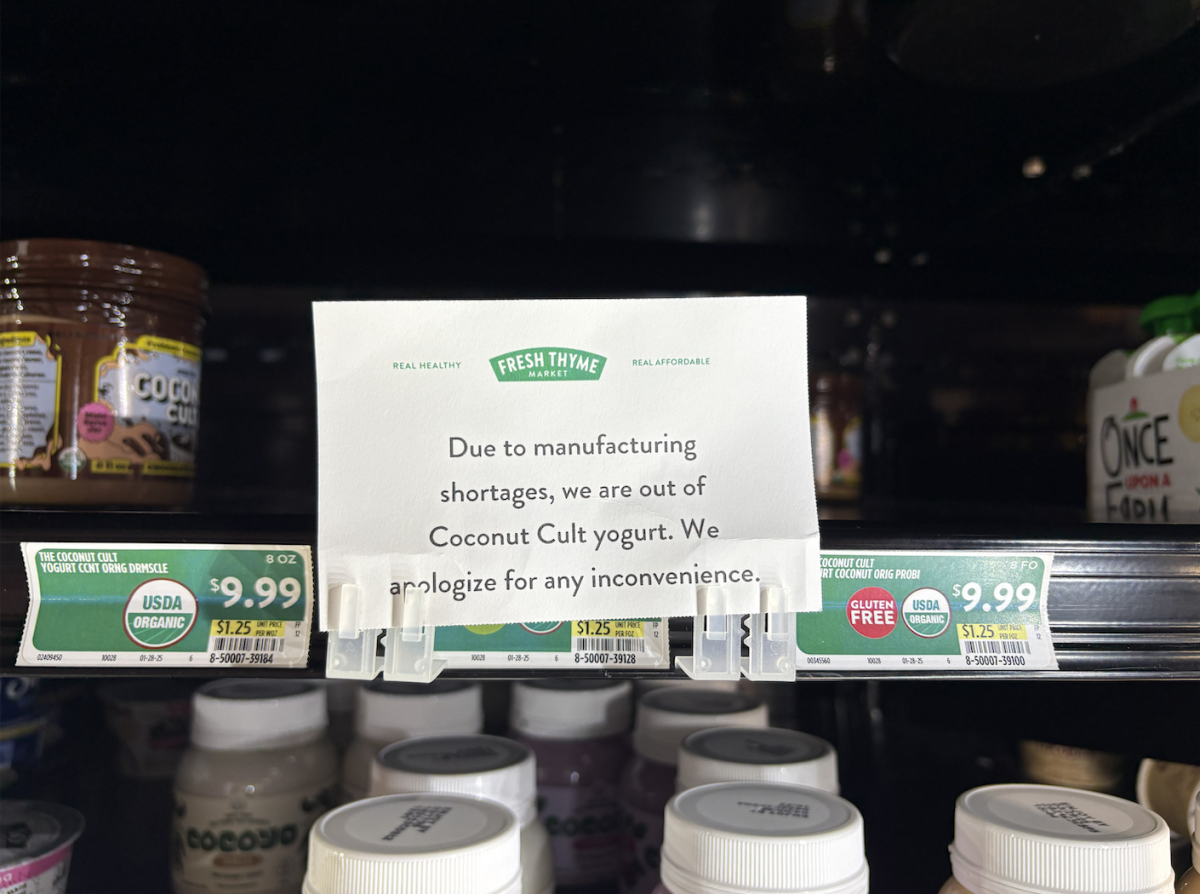








![Teacher Lore: Mr. Henderson [Podcast]](https://bsmknighterrant.org/wp-content/uploads/2025/03/teacherlorelogo-1200x685.png)





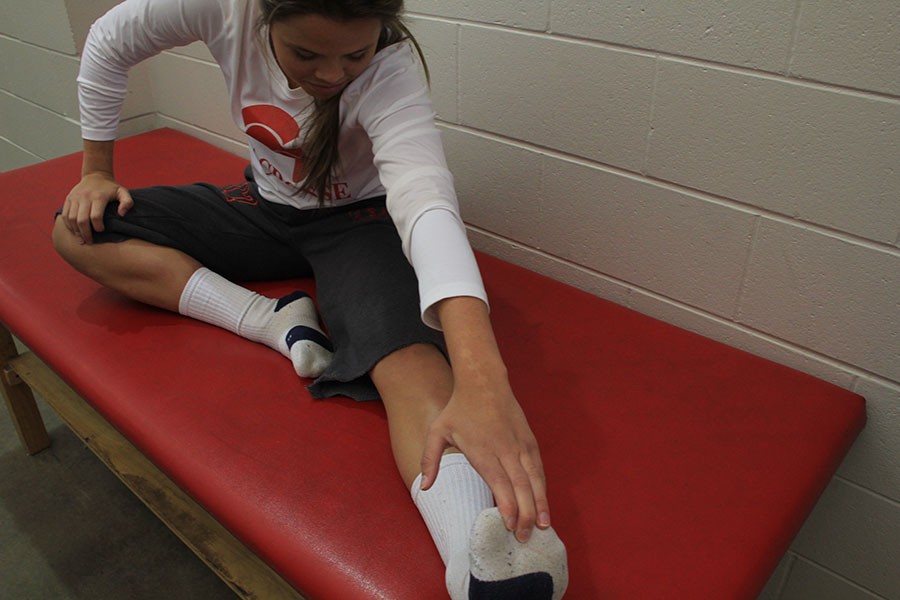









Michael Hawkins • Apr 13, 2015 at 7:47 pm
Amen to his article.
I have had them all and have used them all.
Hey, does that mean I am an athlete…or just old?
M. Hawkins